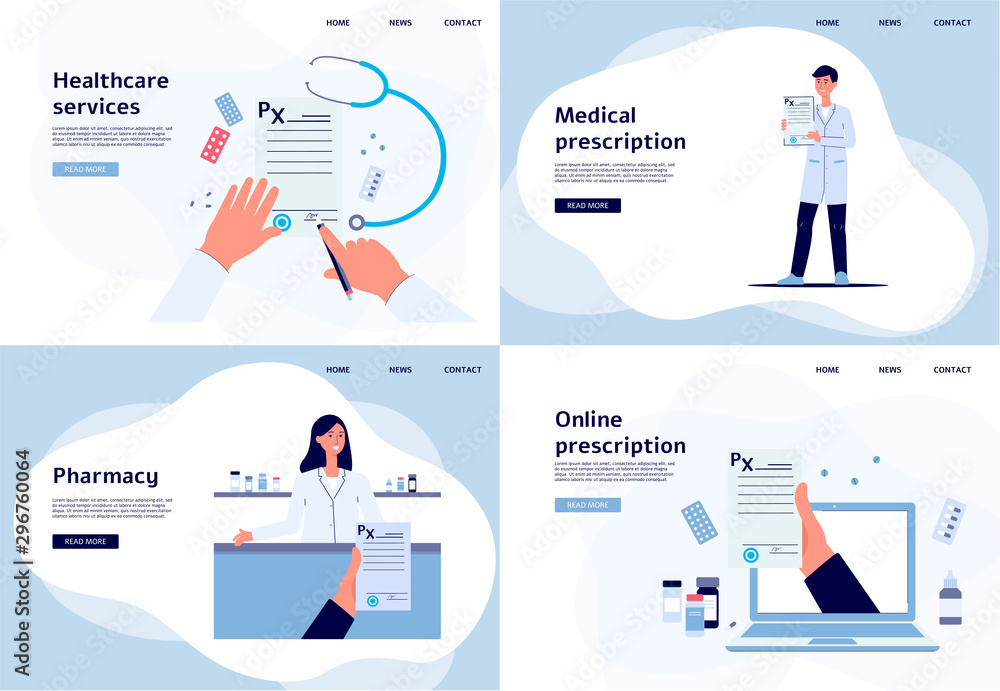The Surge of Subscription-Based Medical Care and Its Influence On Person Care
As health care evolves, the subscription-based version is acquiring grip, promising to transform client treatment by providing predictability and availability. The potential for these versions to reshape healthcare distribution increases pushing concerns about their lasting sustainability and inclusivity. Are these membership solutions the future of healthcare, or do they risk leaving at risk populations behind?
Understanding Registration Health Care Models
Realizing the concept of membership medical care designs entails analyzing a transformative strategy to medical solutions that emphasizes affordability and accessibility. These designs, commonly referred to as direct health care (DPC) or attendant medication, have become innovative options to typical fee-for-service healthcare systems. Membership medical care allows people to pay a set regular monthly or yearly cost for a defined collection of medical services, which may consist of unlimited office brows through, routine examinations, and standard laboratory tests, without the requirement for standard insurance coverage invoicing.
The structure of registration medical care designs is designed to improve individual treatment by removing third-party payers and complex billing codes, thus decreasing management burdens. Doctor can concentrate extra on individual treatment, promoting more powerful patient-provider relationships. This model also promotes preventative care by encouraging regular visits, as the monetary challenge of per-visit fees is eliminated.
The subscription model typically equips doctor to manage smaller individual panels, enabling even more customized treatment. It lines up monetary rewards with patient wellness results, as service providers are encouraged to maintain patient complete satisfaction and well-being. Generally, recognizing subscription medical care designs calls for acknowledging their potential to reshape how treatment is provided and accessed.
Benefits for Individuals and Carriers

For suppliers, subscription-based models use the possibility to strengthen patient-provider partnerships. With a constant earnings stream, medical care professionals can dedicate even more time to each client, causing an extra thorough and personalized care experience. This design likewise reduces dependence above person volumes, minimizing fatigue and boosting work satisfaction. Additionally, the emphasis on precautionary care within subscription strategies can bring about better individual end results and reduced long-term medical care expenses. By concentrating on constant care, carriers can resolve concerns prior to they rise, inevitably benefiting the healthcare system overall by reducing the problem on emergency situation and severe care solutions.
Challenges and Concerns
While subscription-based health care designs present various advantages, they likewise include a collection of obstacles and worries that have to be resolved. First, availability continues to be a substantial issue, as these versions typically target individuals that can manage monthly charges, possibly leaving out low-income populations. This increases moral questions concerning fair accessibility to health care services. Additionally, the diverse nature of subscription strategies can bring about complication amongst patients pertaining to protection specifics, potentially leading to unmet assumptions or inadequate treatment.
Financial sustainability of subscription-based designs is one more issue. Companies have to stabilize the fixed revenue from registrations with the variable costs of healthcare solutions, which may change because of unforeseen medical needs. This can produce stress to restrict services or rise charges, potentially impacting client satisfaction and care top quality.
Moreover, governing oversight of subscription-based medical care models is still advancing. Resolving these challenges is important for the successful and equitable implementation of subscription-based healthcare.
Influence On Patient-Doctor Relationships
One substantial effect of subscription-based medical care designs on patient-doctor relationships is the capacity for improved connection and personalized treatment. By taking on a subscription model, doctors can take care of a smaller sized patient panel, enabling for even more specialized time with each individual. This raised availability fosters a deeper understanding of a person's clinical history, way of living, and preferences, allowing much more tailored therapy plans and treatments.

Nevertheless, it is important to identify that while subscription-based designs may profit those that can manage them, they can accidentally expand health care variations. People that are not click this site able to participate in these designs might experience lower access to personalized care, possibly affecting their partnerships with medical care companies. Thus, while the subscription version offers appealing advantages for patient-doctor connections, it also positions difficulties that need to be resolved to ensure equitable healthcare access.
Future of Medical Care Accessibility

The function of modern technology can not be overlooked in this transformation. Telemedicine systems and electronic health records promote smooth interaction in between patients and health care providers, breaking down logistical and geographical obstacles. In addition, innovations in man-made knowledge and information analytics can additionally customize medical treatment by anticipating client requirements and maximizing therapy strategies.
Nonetheless, the future of medical care accessibility additionally provides difficulties, such as ensuring equity across various socio-economic teams. Policymakers and health care companies need to work together to bridge the electronic divide, ensuring that subscription-based designs continue to be budget friendly and comprehensive. As these systems grow, they hold the pledge of making healthcare a lot more easily accessible, effective, and patient-centric.
Conclusion
Subscription-based healthcare models are improving individual care by giving a steady cost framework and improving access. The rise of subscription-based health care motivates positive patient interaction, which has the prospective to enhance individual end results and complete satisfaction, indicating a transformative shift in health care distribution.
As health care progresses, the subscription-based version is gaining traction, promising to transform client care by offering predictability and ease of access.Subscription-based health care models supply distinct advantages for both carriers and people, boosting the general healthcare experience.As medical care systems progress, the future of health care access frequently hinges on the assimilation of ingenious designs and technologies.Subscription-based healthcare versions are improving client treatment by supplying a steady cost structure and improving ease of access. The surge of subscription-based health care urges positive patient interaction, which has the potential to enhance client outcomes and contentment, signifying a transformative shift in healthcare shipment.